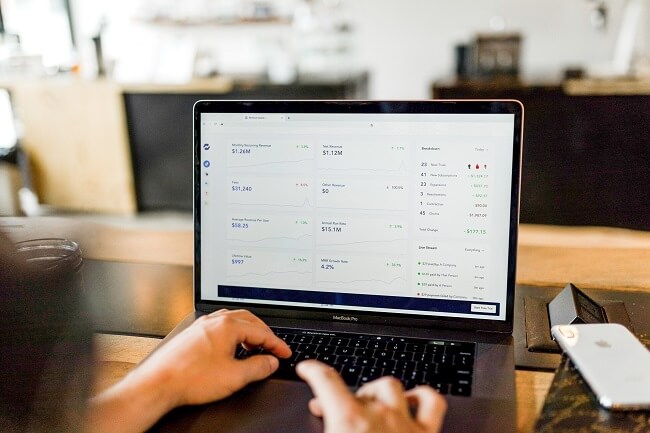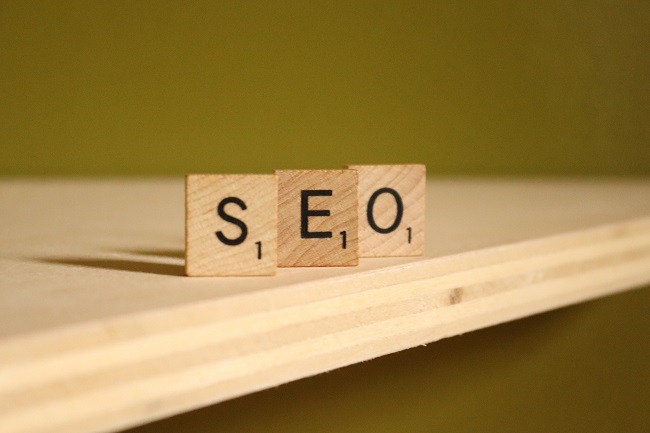Conversion rate optimization (CRO) is the practice of increasing the percentage of users who take action on a website. Required actions may include purchasing a product, clicking “add to cart”, signing up for a service, filling out a form, or clicking a link.
A standard definition of CRO, like the one we wrote about above, emphasizes variable numbers, averages, and benchmarks. This emphasizes that the number system has a low quality: the more you look at the newspaper full of data and conversion behavior, the less you think about the people behind them.
When working to improve flexibility, not every problem can be defined, with hard numbers supported, and clear answers. Yes: Sometimes an obvious bug prevents 80% of your users from doing something, and fixing that bug will save you all the business; other times your website works fine and people still haven’t converted.
When this happens, you’ll want to dig deeper to understand the cause beyond the data you have – in other words, you’ll need to focus on your users first.
Whether you have an e-commerce site or manage online marketing or SEO (search engine optimization), CRO will always be an important topic to help your organization grow.
How To Calculate Conversion Rate
The average number of conversions per ad is expressed as a percentage. The conversion rate is calculated by taking the number of conversions and dividing it by the total number of social media that can be followed and converted in the same period. For example, if you have 50 conversions out of 1,000 interactions, your conversion rate will be 5%, where 50 ÷ 1,000 = 5%.
If you track multiple conversions or choose to count “All” conversions, your conversion rate may be higher than 100% because multiple conversions can be counted for each interaction. Use conversion tracking in your account to measure your conversion rate and use it to guide your advertising decisions.
Conversion Rate Tracking
You can set the exchange rate conversion process using the following tools:
Google Analytics and AdWords: These tools collect a lot of raw data, so remember to set filters and focus on specific data sets to avoid key information relevant to your goals.
Heat map: This feature captures the user’s eye movements and clicks on your website; information to identify the best or weakest elements on the page to guide your optimization strategy. Heatmaps show user engagement and interest in web pages
Time recording and playback: User time tracking sheds light on how visitors navigate and interact with your website. Seeing UX in action can help identify missed bugs or understand why there is a high bounce rate in that section of the funnel.
Customer satisfaction survey or Net Promoter Score: Both measure how happy your customers are with your business and where you can improve. Focusing on the customer experience is key to building loyalty and driving more conversions.
The Benefits Of Conversion Rate Optimization
CRO sometimes gets a bad rap, because of the quick marketing process that involves convincing users or forcing users to buy something, rather than promoting your site and products to generate more value. But when done right, CRO can benefit your customers and your team.
1. Know your customers well
To truly meet your customer’s needs, you must be able to find solutions to their problems by walking a mile in their shoes. A truly effective CRO helps you understand all aspects of your customer journey, product experience (PX), and more.
Conduct CRO research to get a complete picture of who people are interacting with on your website and understand how to improve the user experience (UX) based on their needs and pain points. A user-centric CRO experience allows you to uncover customer insights that you can apply to other parts of the funnel and product design.
2. Reduce acquisition costs
If you’re investing to drive new traffic to your site, CRO will help you maximize the value of your ad spend and other investments, converting new users into new customers.
Driving conversion rates for your e-commerce business, for example, involves driving users from your landing page to your store. Users don’t have to dig for your site’s value. Use customer-targeted CRO to find out what customers want, and then give it to them, making your site as easy to navigate as possible.
3. Increase current website traffic
You don’t necessarily have to drive traffic to your site to increase conversions. Instead, focus on optimizing your website for your current users and getting the most out of search engine optimization (SEO) and marketing campaigns.
Design a CRO-focused user experience for all visitors, rather than targeting new users, engage returning visitors and encourage them to convert (and perhaps bring their friends and colleagues).
4. Increase the lifetime value of current customers
Conducting CRO research will help you identify successful customer journeys and those that need improvement. For example, use CRO analysis and user insights to identify your most loyal customers and use “welcome” messages to engage them at important points in their journey, such as returning to your site after a long wait. absent, and personalized product recommendations.
One benefit of CRO is that it helps you understand and segment your user base to guide them in purchasing products or services that will meet their needs. This, in turn, translates into repeat customers and more value to the customer during their product experience.
5. Make your UX work better
When you optimize landing pages for CRO, you will improve your overall UX regardless of effort. Customer CRO efforts provide you with user insights, such as conducting surveys and analyzing heatmaps, helping you make the necessary changes to ensure that every task on your website is easy to complete, and helping each step of the conversion process move in a logical direction.
During your CRO analysis, find out where website visitors get stuck (like the navigation buttons and CTAs are clear, or are your users confused?) and work to solve these UX problems.
6. Update your PX and brand name
Using CRO to improve the overall customer journey shows users that you care about their overall experience with your business. User-centric CRO isn’t just about driving users to make the first purchase or increasing your business revenue, it’s about helping customers find value in your product and assuring them that it will help them reach their goals. them.
Effective Conversion Rate Optimization Strategies
Here are some of the best business strategies for rate adjustments to try and implement in your business.
1. Create text CTAs in blog posts
Although it is considered good practice to include CTAs on blogs, sometimes they don’t make visitors follow the desired course of action.
Why?
Flagging is a very common issue related to people ignoring banner information on websites. This lack of attention, and the fact that site visitors do not always read the bottom of the blog, means a different approach is necessary.
2. Add a list of leads to your blog
Lead feeds are another conversion rate booster that you can include on your site. A lead feed is a high-converting popup designed to attract attention and deliver value.
3. Run a test on your landing page
Landing pages are an important part of modern marketing software and, as mentioned earlier, an important part of conversion rate optimization. A landing page is where a website visitor becomes a prospect or an existing prospect becomes more involved with your brand.
To optimize landing pages, run A/B tests to determine your best features and content features for target audiences. For example, by using A/B testing, you can quickly test different aspects of your website’s design, content offerings, images, form questions, and web pages to find out what your target audience is.
4. Help the prospect immediately become a qualified sales prospect
When some visitors want to get to the nitty-gritty right away, skip a step in the typical buyer’s journey and talk directly with the seller (instead of being called). There are specific actions that you should encourage these high-intent visitors to take to become highly qualified leads (MQLs) – and they can do so through a combination of carefully designed, attractive, and clear web pages. smart CTA.
Of course, it depends on your product and your sales process, but our best advice is to do a test run to find out what brings in the most customers. Then upgrade for this process. The key here is to find ways to remove friction from your sales process.
5. Create a workflow to empower your team
There are several automated tasks you can create to enable your team to use marketing automation software.
6. Add information to dynamic web pages
Use live chat software to chat directly with website visitors and provide support and advice when needed. To increase conversions, add these messaging features to your advanced web pages, such as your pricing and product pages, so prospects get the information they need right away.
7. Increase the performance of blog posts
Also, sharing blog posts opens the door to great opportunities for conversions. Especially if you already have blog content on your site. To start optimizing your blog content, find out which posts have the highest level of web traffic but the lowest conversion rate.
Make sure your blog has a high conversion rate. You want to drive qualified website traffic to these posts and you can do this by improving the content of the search engine results page (SERP) or updating it as needed to ensure it is fresh and relevant.
8. Revisit previous traffic to drive website visitors
It doesn’t matter what your conversion metrics are: The hard truth is that most of your website users aren’t doing what you want. By promoting your resume on Facebook and other platforms, you can reengage people who have left your website.
Retargeting works by finding visitors to your website and serving them online as they go to other sites on the website. This has a greater impact when you are converting people who have consistently visited your web page.
Benchmarks For Conversion Rates
Website conversion rates vary by industry and business type. Overall, however, e-commerce conversion rates are low, ranging from 1.84% to 3.71%, while the average conversion rate across all industries is between 2.35% and 5.31%.
Mobile apps in their category have more differences in conversion rates depending on the group. On average, however, mobile app store pages have a conversion rate of 26.4%.
Final Thoughts
There are many CRO best practices out there, but ultimately you need to know what your customers are responding to and what drives results for your business.




